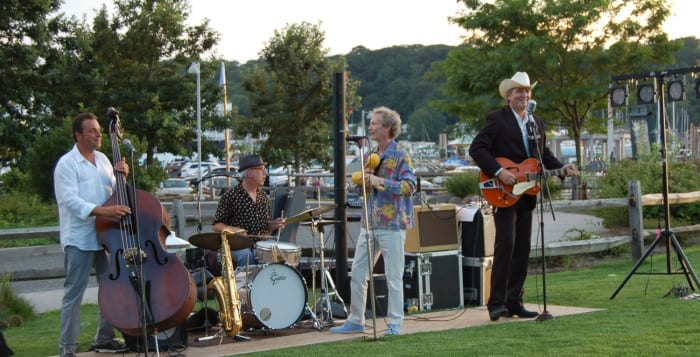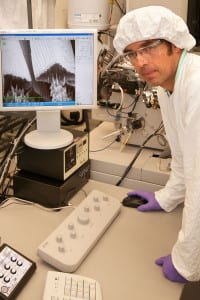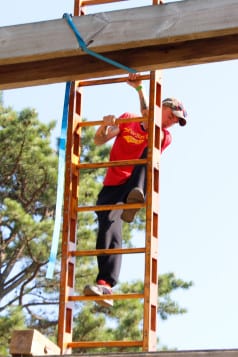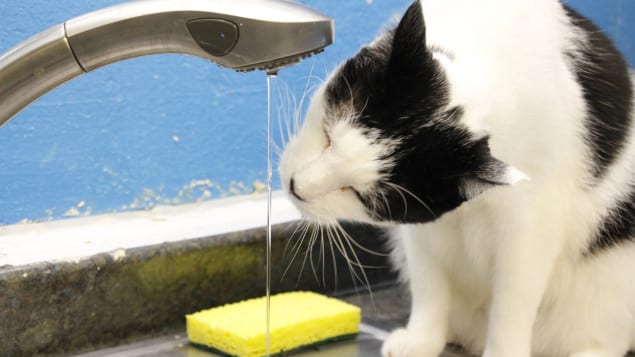By Rita J. Egan
Port Jefferson Village will host its first Heritage Weekend Saturday, Aug. 22, and Sunday, Aug. 23. The event will give residents the opportunity to visit over 15 locations in the village, as well as Belle Terre, to learn about the stories behind the participating venues as well as the history of the village.
Jill Russell, public relations and marketing consultant for the village, said each location involved in the weekend has planned a variety of activities that celebrate the local culture, traditions, history and achievements.
“You’ll be invited to come in and learn a little bit of history about Port Jefferson. It’s really a phenomenal thing for families to come and do,” Russell said. The consultant said one of the featured events will be the Port Jefferson Fire Department, 115 Maple Place, opening its museum to the public. She said most people don’t even realize the museum exists unless their children have visited the firehouse on a school field trip.
Charlie Russo, assistant chief of the Port Jefferson Fire Department said, “The fire department has great history with the village.” The assistant chief explained that many of the members have followed in the footsteps of relatives and can trace their family’s involvement in the department for decades.
Russo said the museum will be open Saturday from 10 a.m. to 2 p.m. and Sunday 3 to 5 p.m. Among the items on display, visitors will find uniforms, helmets, tools and more equipment used by firefighters since Hook and Ladder Co. 1 was established in 1887. One of the featured items is a hand fire pump that once needed two firefighters to operate it.
Those heading over to the Port Jefferson Free Library, 100 Thompson Street, on Saturday will feel as if they are actually going back in time. Nikki Greenhalgh, who’s in charge of the library’s marketing and communications, said visitors will be able to enter the building through the original front doors, which are normally closed off. The former entrance leads into the front room, now known as the quiet room, which was the first library at the current location when it was built in 1925. Here library patrons will find no electronic devices and a historical reference desk.
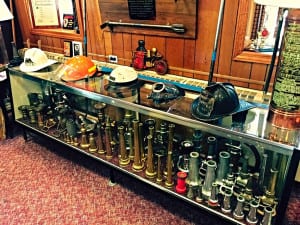
“We just want to take everyone back in time and reiterate the history and how we still use that building as a quiet area,” Greenhalgh said.
The library is offering period-themed activities for kids such as paper dolls and hopscotch. While the children play, longtime employees, including Earlene O’Hare, who recently retired after 30 years, will be on hand to answer visitors’ questions about the history of the building.
The library will also be exhibiting the work of Leon Foster Jones, a local artist of the early 1900s, in the front room. Greenhalgh said the library had acquired the artist’s sketchbook, and in addition to his original paintings scanned drawings of his will also be on display.
Nan Guzzetta, owner of Antique Costume & Prop Rental by Nan, 709 Main Street, encourages history buffs to stop by her store, which normally is open to potential customers by appointment only, and learn about the structure’s unique history. The store owner, who has been in business on Main Street for 20 years and 40 years in total, said the patio, garden and porch will be open and visitors can view the parlor. She said customers will get a peek at the historical Civil War era structure constructed by Captain Henry Hallock, who built many ships in Port Jefferson.
The house known by many as the Chambers Mansion has not only sheltered those of local historical significance but also of musical importance. In the ‘70s the band Foghat took up residence there, and Guzzetta said the rock group transformed a stage that once existed in the home into an echo chamber. Not only did the band produce 12 gold records here, but they also would rent out rooms to other artists who would stay at the house and record. Musical greats such as Billy Joel and Bruce Springsteen have been known to create albums at the mansion, and during Foghat’s heyday, the home was one of the foremost recording studios in the Northeast and became known as the Boogie Hotel in the area, according to Guzzetta.
The Drowned Meadow House, on the corner of West Broadway and Barnum Avenue, will also provide a look at interesting aspects of the village’s history. Port Jefferson Mayor Margot Garant said a letter will be on display of historical importance at the Revolutionary War era “post and beam” constructed home, which once housed spy ring members.
“The significance of discovering the revolutionary letter directly ties other Roe family members, and Drowned Meadow then and present day Port Jefferson, to George Washington’s Spy Ring. In particular the letter was sent to Loyalist Oliver Delancey and states Nathaniel Roe and Phillips Roe supplied intelligence to Caleb Brewster, and the Roe family harbored supplies in our very own Drowned Meadow,” Garant said.
Russell said the culmination of the weekend will be the Port Jefferson Hill Climb, which will begin at 11:00 a.m. on Sunday. Spectators lined up on East Broadway can view 60 antique cars as they ascend a 2,000-foot climb to Belle Terre Road. After the climb, the automobiles will be part of a parade from Myrtle and Belle Terre Road down to Main Street, then to East Main and back to the Village Center.
This will be the sixth re-creation of the historic Hill Climb, which originally took place in 1910 and in the recent past has been recreated every five years on E. Broadway, according to the consultant. Russell said during the weekend, car and history buffs can stop by the Village Center, 101A East Broadway, where reproductions, as well as actual photographs of the original Hill Climb, on loan from the Detroit Public Library, are on display.
During Port Jefferson Heritage Weekend, residents will be able to utilize the Port Jefferson Jitney to travel from venue to venue if they wish. Most locations will be participating from 10 a.m. to 5 p.m. on Saturday and Sunday. For a complete list of participating venues and more information, visit www.portjeff.com.


